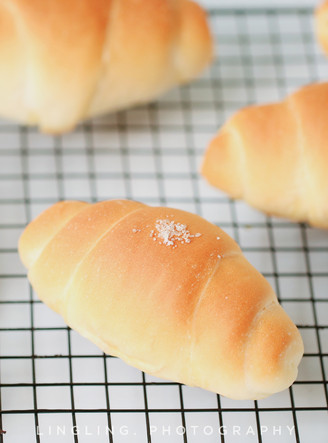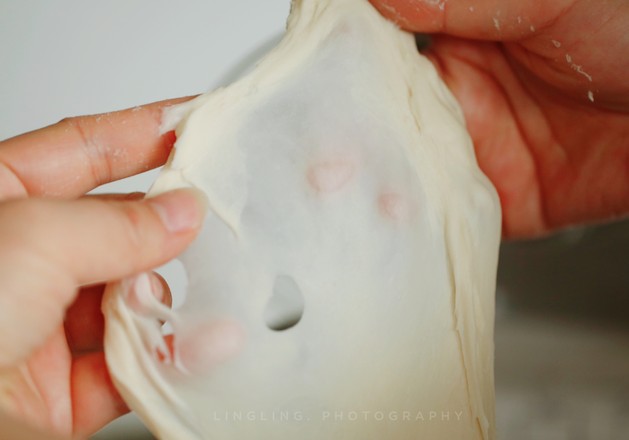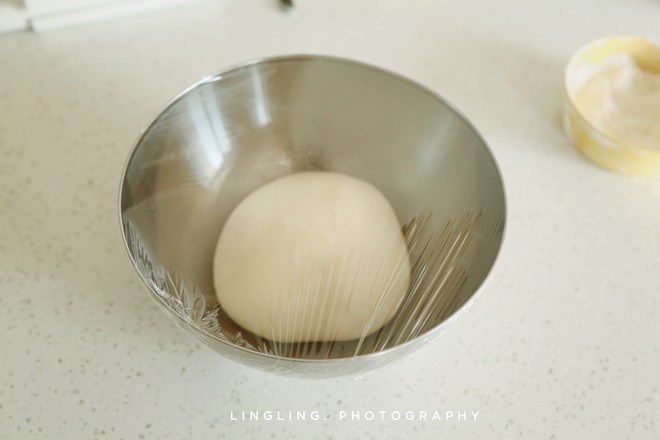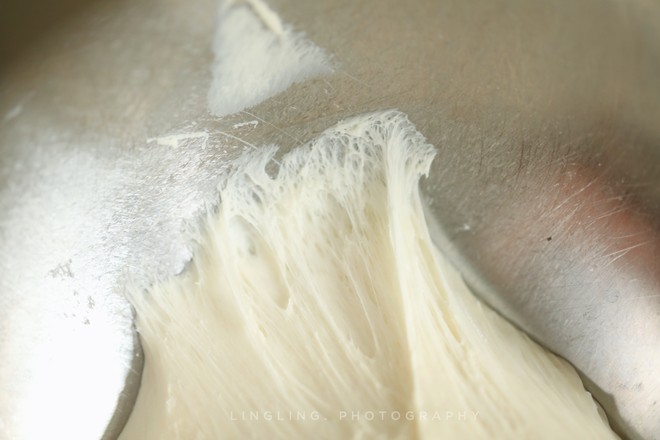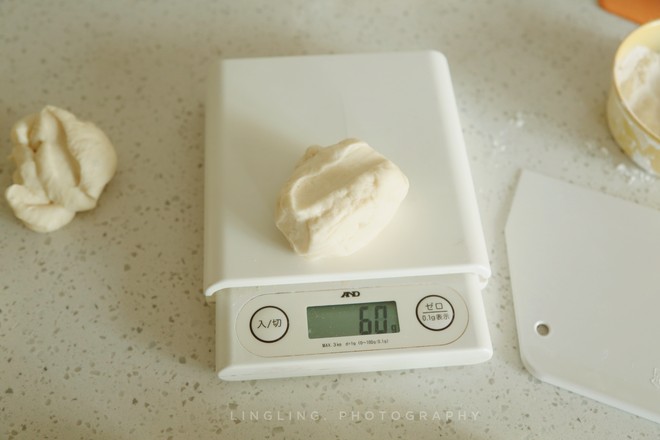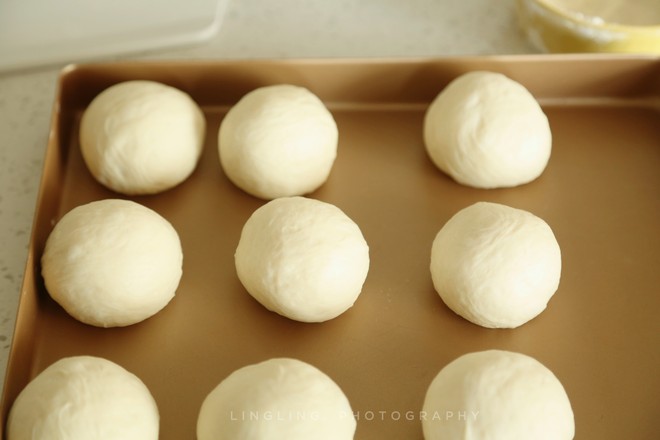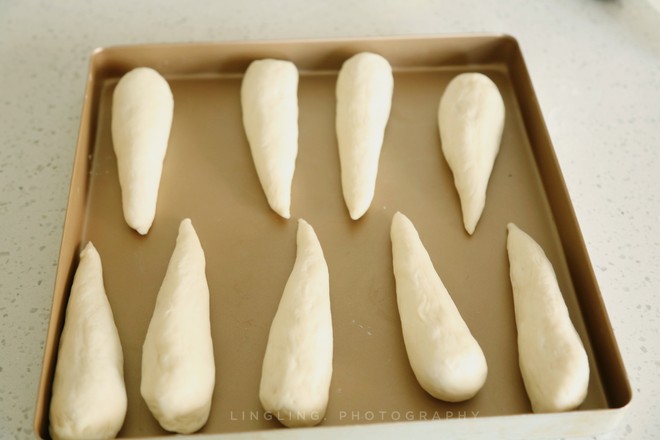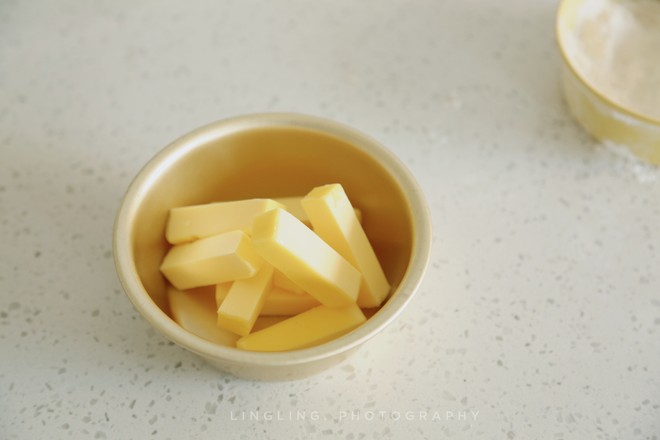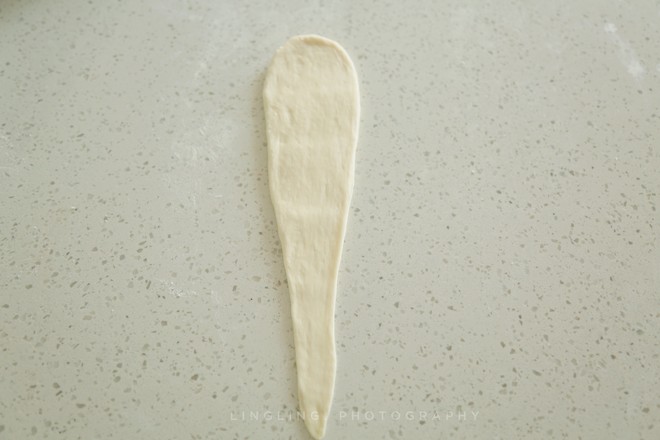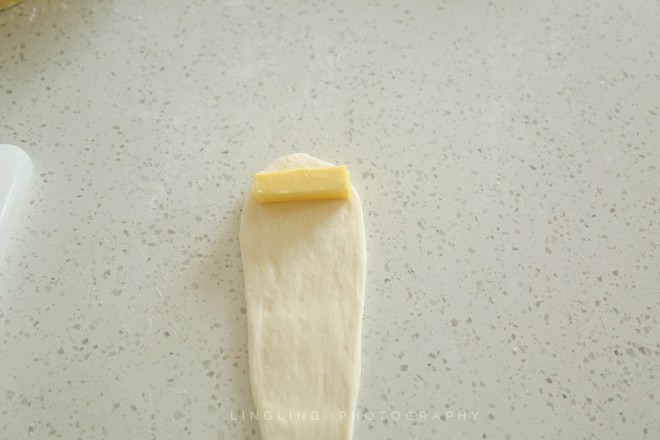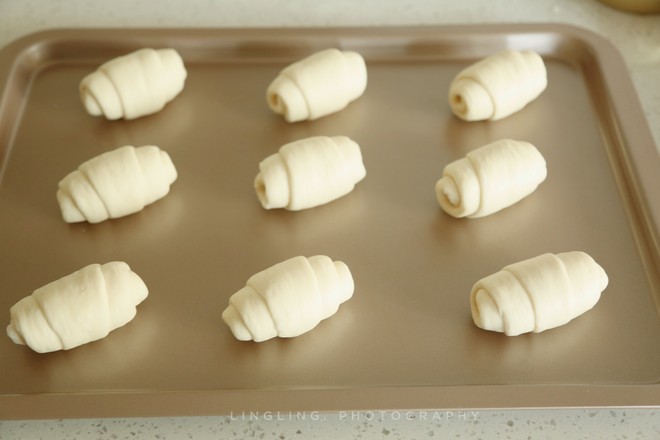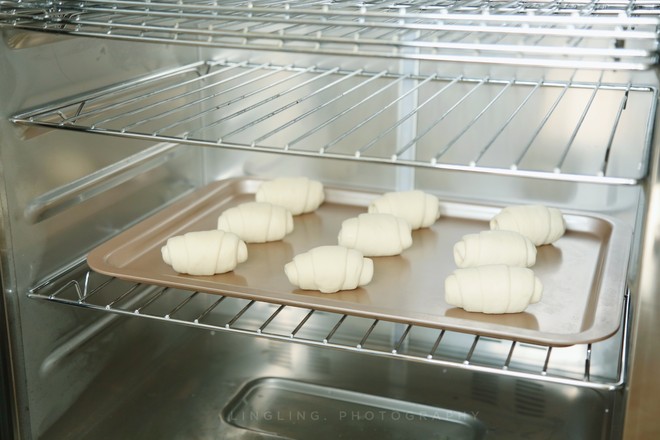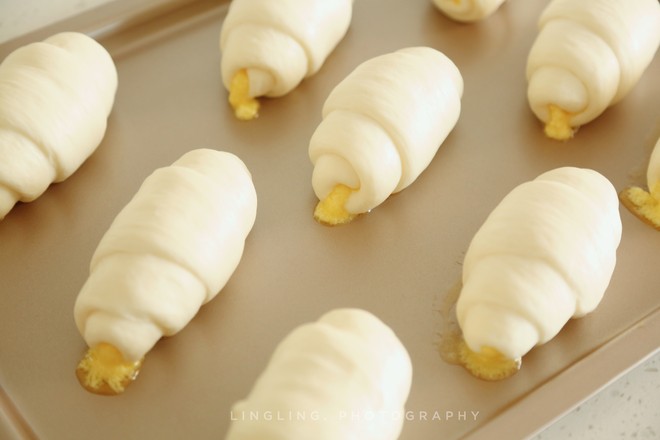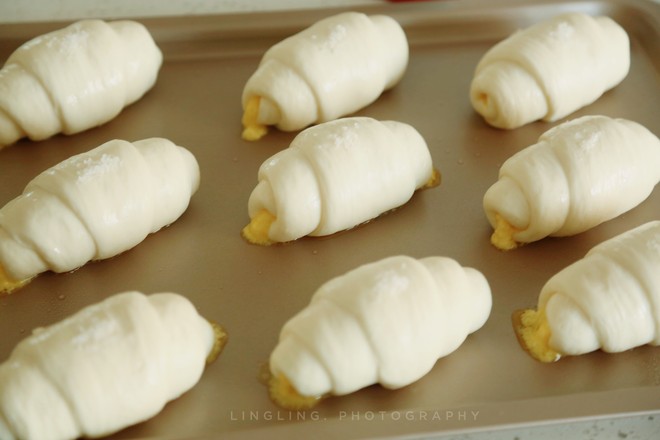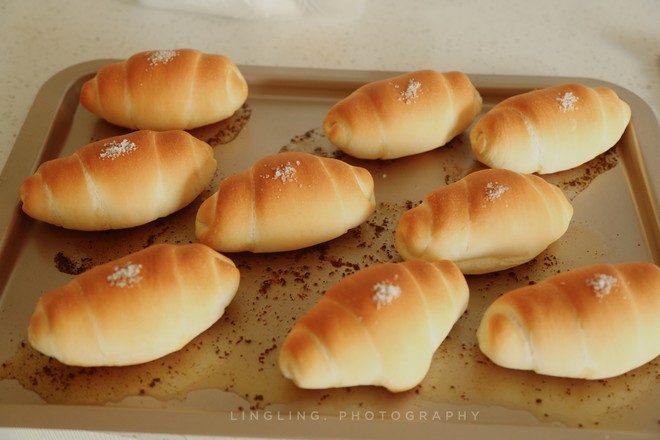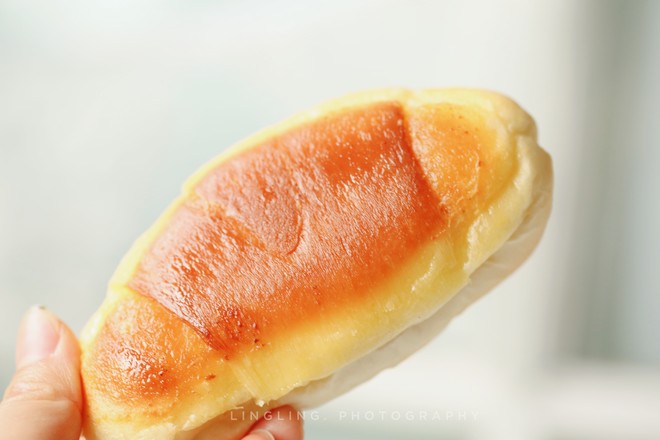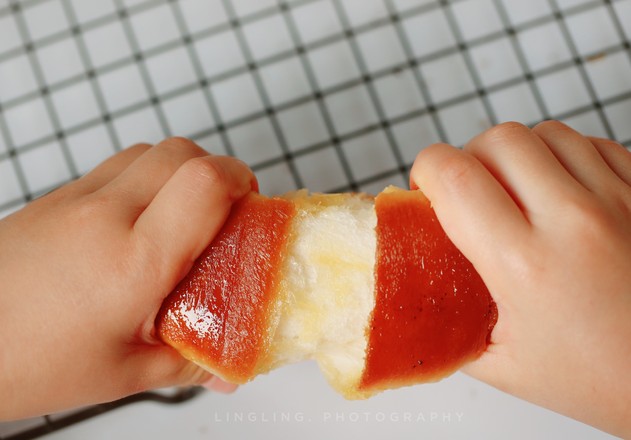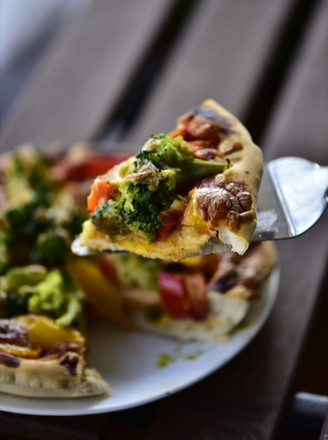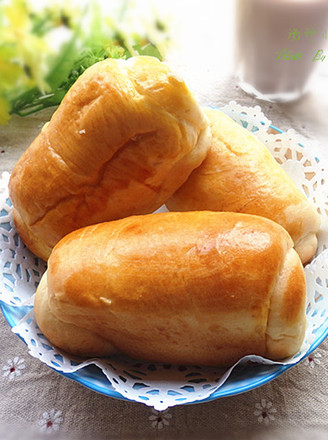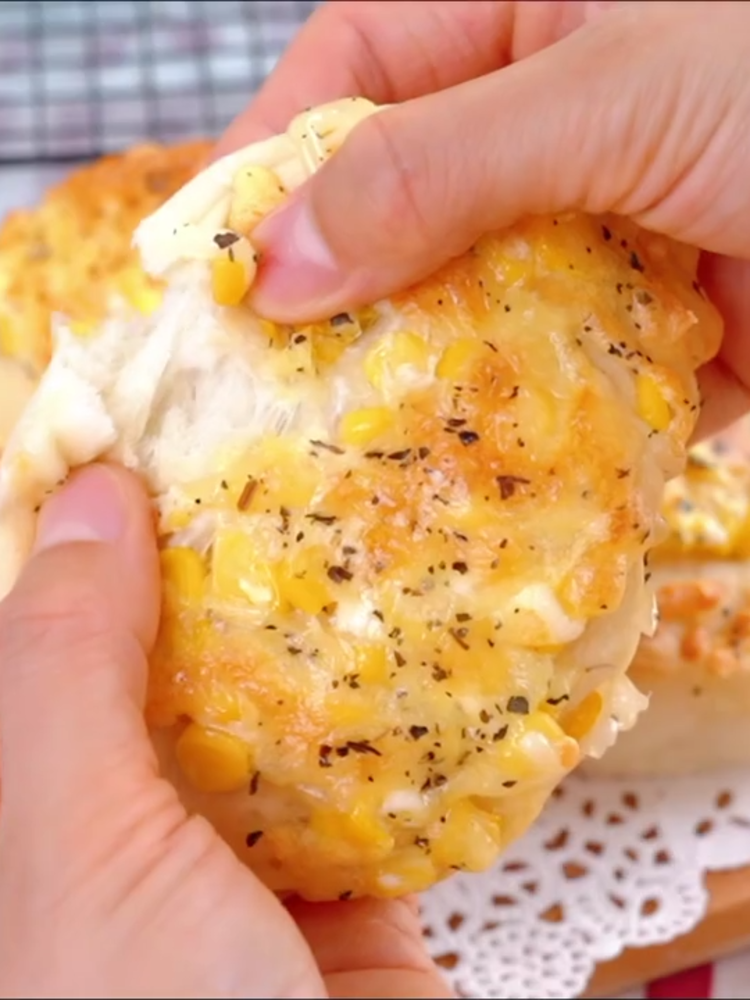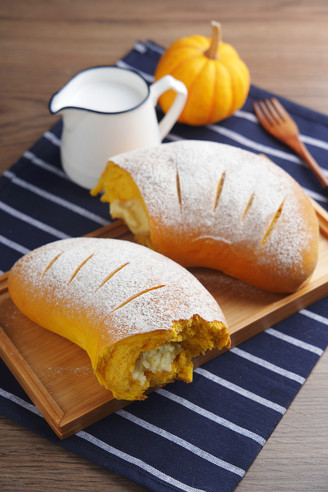Japanese Salt Bread
1.
Put other ingredients except butter into the cook machine and knead until a thick film can be drawn. Same operation for bread machine.
2.
Add the softened unsalted butter. Knead until it can pull out a smooth and transparent film with holes, and the edge of the hole is smooth.
When kneading the dough, pay attention to the temperature of the dough. The room temperature is high. When kneading in the bread machine, pay attention to the noodle temperature, and if necessary, put it in the refrigerator to cool down before continuing. The temperature should not exceed 28 degrees.
3.
Take out the dough and put it in a basin, wrap it in plastic wrap and leave it in a warm place to ferment. Yifa recommends that the room temperature does not exceed 30 degrees for fermentation at room temperature. If the room temperature is too low in winter, you can knead the dough at night and put it in the refrigerator at 4 degrees for refrigerated fermentation. Oven fermentation is not recommended.
4.
Ferment to double the size. Don’t overdo it when you compare your size.
5.
The dough is taken out of the basin, and the bottom fermentation hole is for reference.
6.
Divide the dough into 60 grams each.
7.
After rounding, you can put it in a fresh-keeping bag and let it relax for half an hour. If you are in a hurry, you can also directly roll it into a drop
8.
After rubbing it into a drop shape, put it in a fresh-keeping bag and let it relax for half an hour, and keep it in the refrigerator at a high room temperature. This step cannot be saved.
9.
Cut the salted butter into long strips about 8-10 grams. Cut them and put them in the refrigerator for later use.
10.
Take out the proofed drop-shaped dough and roll it into a beef tongue shape.
11.
Place sliced salted butter sticks on top. Roll up from top to bottom.
12.
Put it in a non-stick bakeware. If there is no non-stick bakeware, remember to brush it with oil. Do not use greased paper.
13.
Put it into the fermentation tank at 28°C and 80% humidity for fermentation to double the size. Fermentation at 28 degrees is to keep the butter from melting.
I have tested that although the 35°C fermented butter is melted in advance, it can be baked and it tastes good, but the butter in the middle of the bread absorbs less. .
So if there is no fermentation tank, put it in the oven for fermentation, and put more water on the baking tray underneath.
14.
The picture above shows the fermentation at 35°C, and the butter is a little bit flowing out. It tastes delicious too.
15.
After fermenting, take out the spray water and sprinkle some sea salt in the middle. (No sea salt can be ignored).
16.
Put the preheated oven in the lower middle of the oven, upper heat 200, lower heat 180, and bake for 15-18 minutes. It can be adjusted appropriately according to the actual temperature of the oven. The judging standard depends on the color of the bread surface.
17.
After baking, there will be excess butter in the baking tray, so put the bread in the buttery place and let it cool. The bakeware that is easy to stick to the bottom is shoveled into a piece with the aid of a tool. After cooling, the butter will absorb some of the bread, and there will be a thick layer of crispy bottom at the bottom. It's most delicious at this time.
18.
It's crisp on the outside, but it's very soft on the inside.

